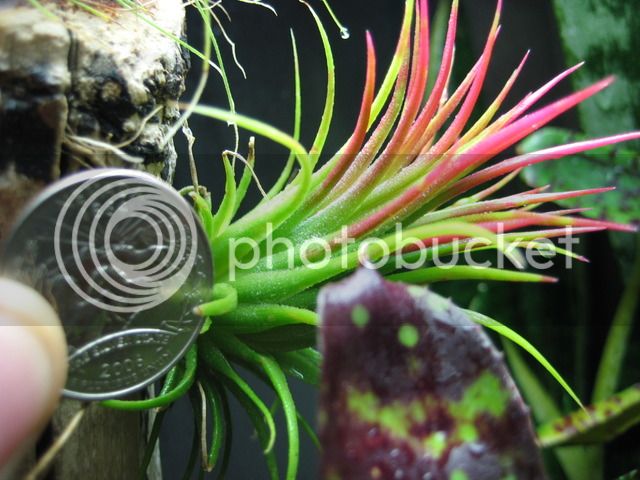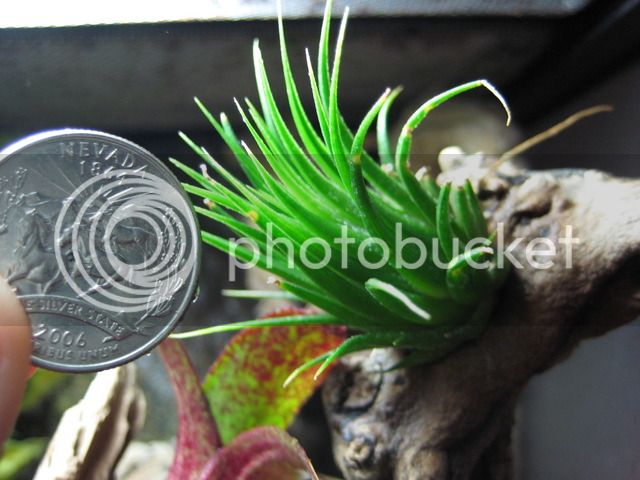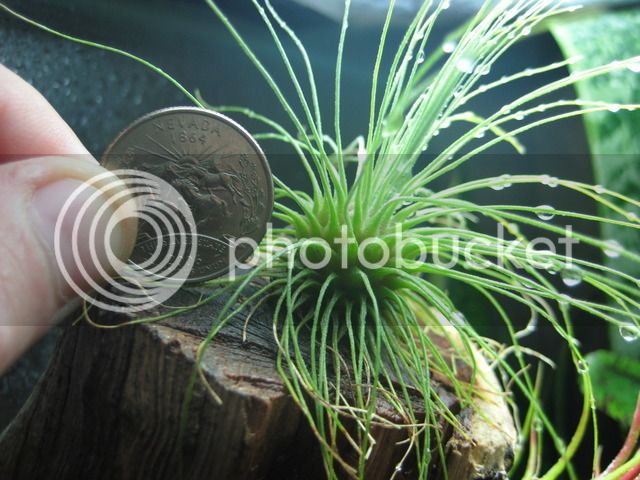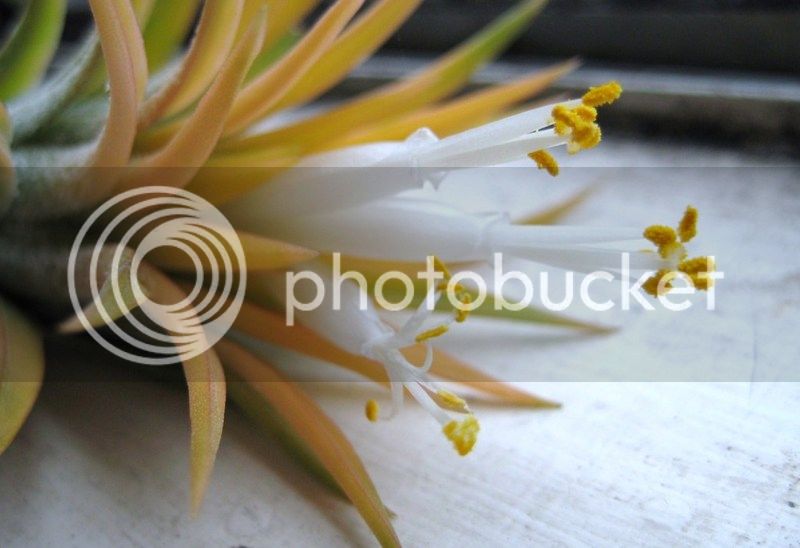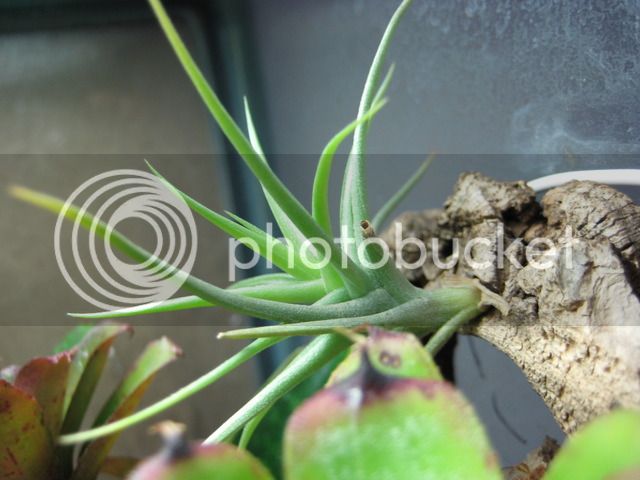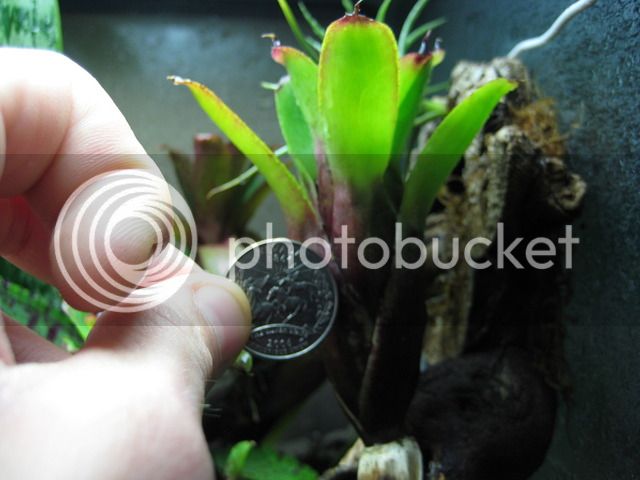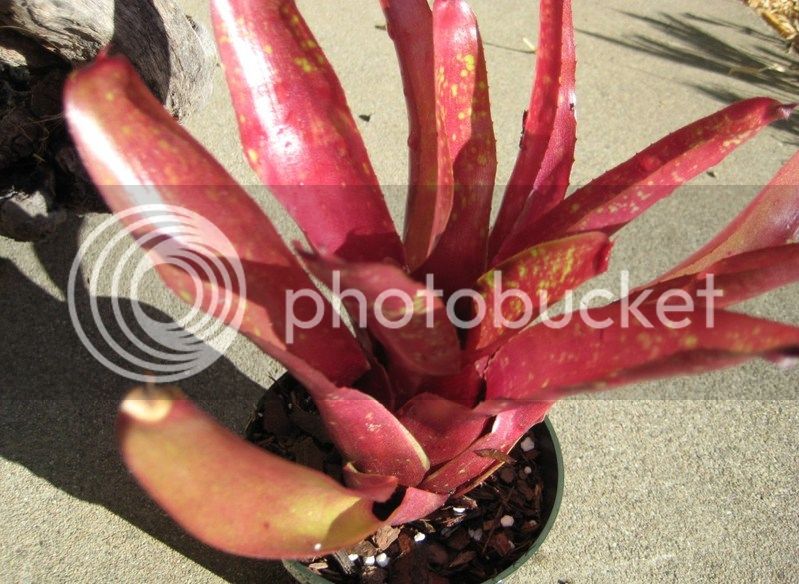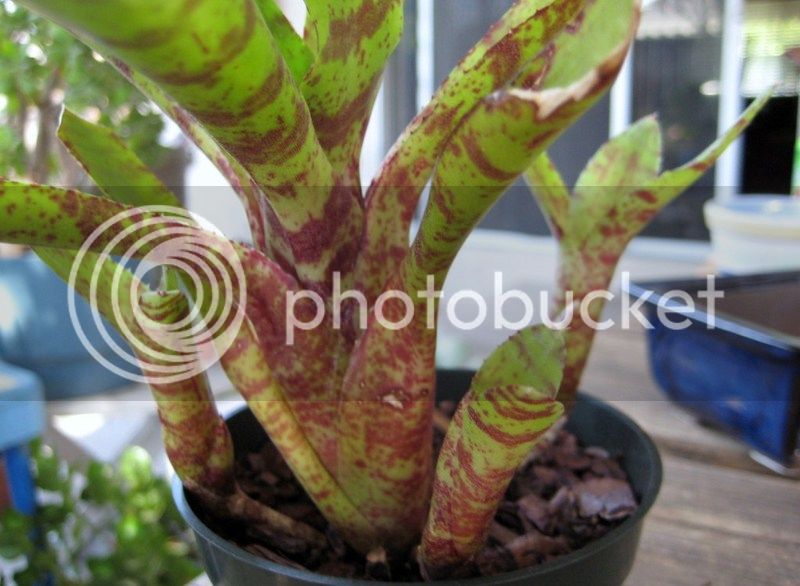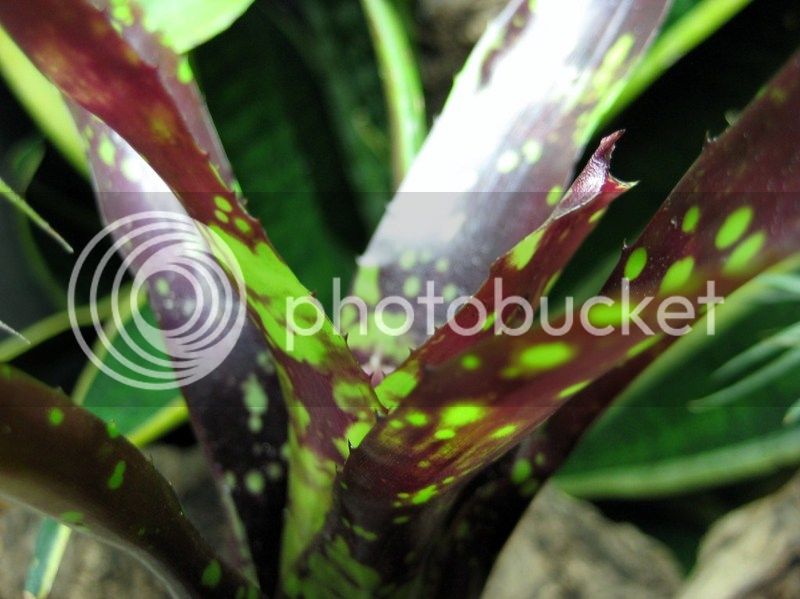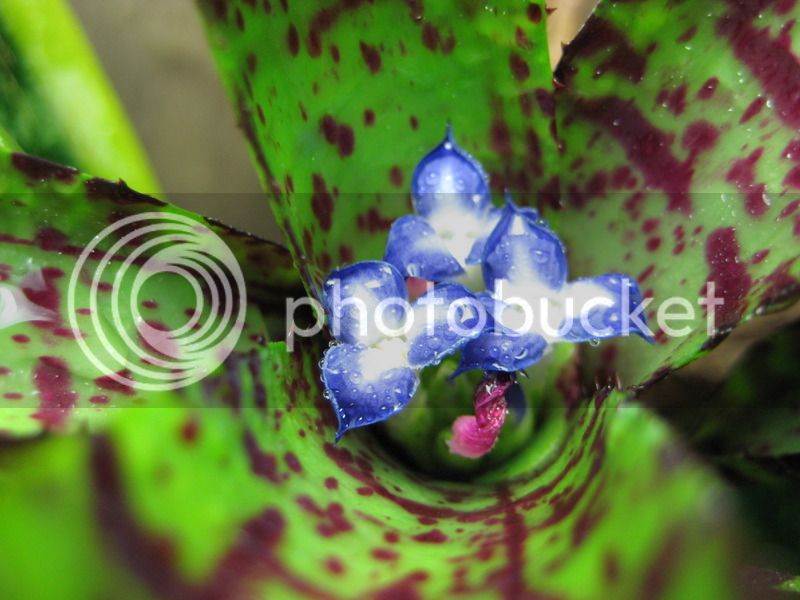Some thing to consider… Why are carnivorous plants carnivorous? They need the nitrogen they can extract from invertebrates’ bodies. Nitrogen is most often available to land plants as nitrates. All nitrates are highly soluble. So water that moves through the top half metre or so of the ground will have plants removing the nitrates. If this water then flows to a surface soak, or through soil below the surface, it is likely to be totally devoid of nitrates. The lack of nitrates is going to restrict the growth of all plants, other than those that are able to acquire nitrates from an alternative source. This is the sort of terrain where you will find carnivorous plants.
It is therefore important to do your research on the growing conditions required for any given species of carnivorous plant, be it Drosera, Nepenthes, Cephalotus, Sarracena, Dionaea, Darlingtonia, Utricularia etc. These are often far different from those of usual terrestrial garden plants.
Epiphytes are plants adapted to growing on other things, such as tree trunks or rock faces, rather than in soil. These are really well suited to growth in containers as a general rule. However, you still need to investigate each individual plants’ specific requirements and growth habits. For example, the Bird’s Nest Fern Asplenium nidus is brilliantly suited to glass enclosure cultivation. However the rapid growth this will allow the fern will see it outgrow most small containers within a few months.
Apart from the few epiphytic ferns, there are also epiphytic cacti, orchids, aroids, lichens and mosses. Perhaps the best know epiphytes are the Bromeliad family, especially Tillandsia (Air Plants) group.
I can suggest a few suitable species but suspect others have more expertise in the container growing of these plants than I. I will reaffirm that Neoregelia are a beautiful genus of brom’s to start with.
Blue




